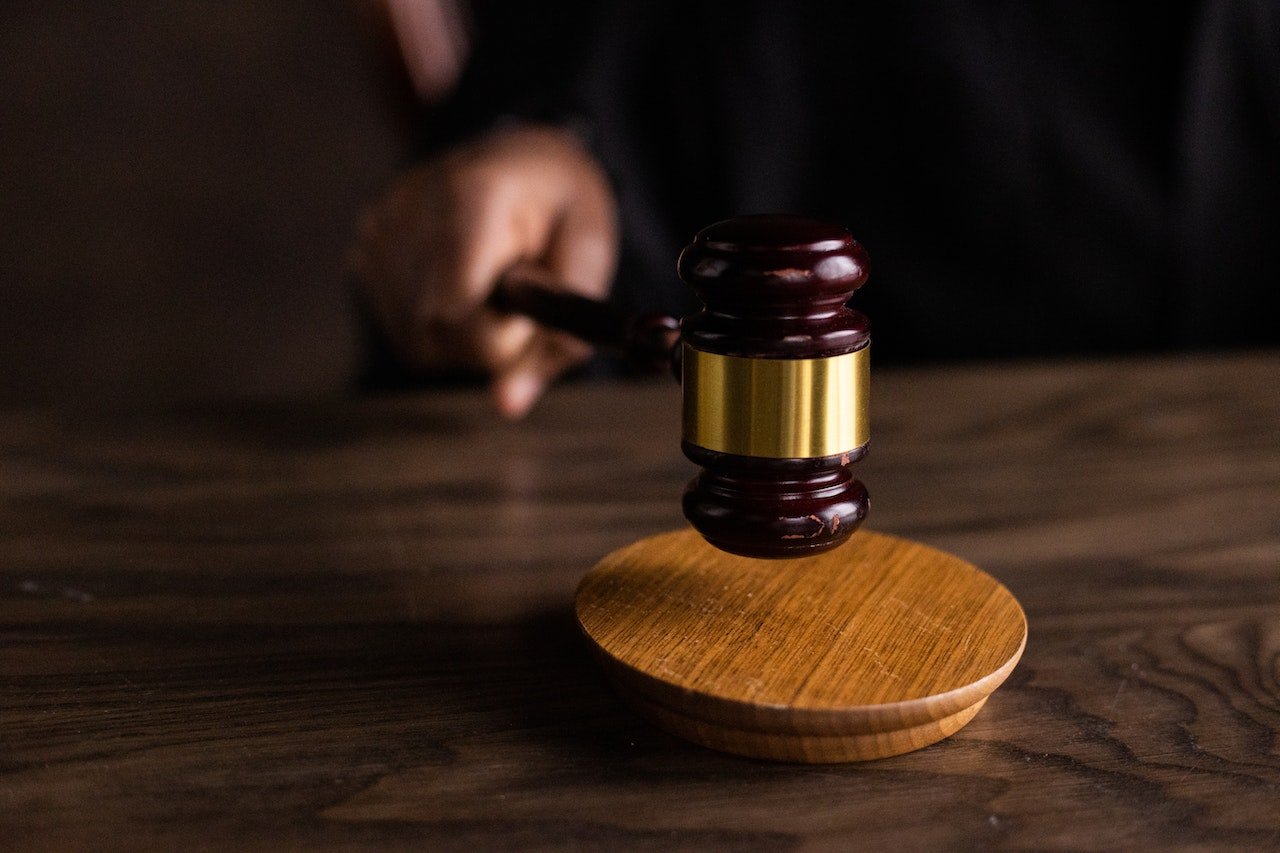Navigating the Criminal Justice System in 2024
Navigating the criminal justice system in 2024: Our comprehensive guide simplifies the legal process, offering essential insights and resources.

In 2024, navigating the criminal justice system can be difficult and complicated. The system is always changing due to constant changes in society attitudes, technology breakthroughs, and reforms. It is essential for everyone involved—whether as an accused person, a victim, or a legal professional—to comprehend these changes and how they affect different components, including law enforcement, courts, and corrections. Keeping up with these changes might make it easier for people to advocate for equitable treatment and navigate the system.
By 2024, rehabilitation will take precedence over punitive measures, and technological integration will be heavily emphasised. The way justice is carried out is changing because to innovations like AI-driven predictive policing, virtual courtrooms, and extensive rehabilitation programmes. It’s critical to acknowledge the opportunities and difficulties these changes present as the system moves towards more effective and compassionate procedures. People who are aware of the intricacies of the criminal justice system are more equipped to defend their rights, pursue justice, and participate in the continuous reform and improvement discussion.
Contents
- 1 Navigating the Criminal Justice System in 2024
- 2 Recent Changes in the Criminal Justice System
- 3 The Role of Courts
- 4 Criminal Trials
- 5 Sentencing and Punishment
- 6 Corrections and Rehabilitation
- 7 Victim Rights and Support
- 8 Impact of Social Media and Public Opinion
- 9 Future Trends in Criminal Justice
- 10 Conclusion
- 11 FAQs
Understanding the Basics
The intricate web of the criminal justice system is intended to protect the rule of law, guarantee justice, and preserve social order. It is made up of three main parts: the courts, the prison system, and law enforcement. In the administration of justice, everyone is essential, from finding offenders to deciding cases and helping prisoners get their lives back on track.
Recent Changes in the Criminal Justice System
Technological Advancements
The integration of technology has revolutionized various aspects of the criminal justice system. AI and machine learning are now used for predictive policing, helping law enforcement agencies anticipate and prevent crimes. Body cameras, forensic technologies, and data analytics have also enhanced transparency and efficiency.
Policy Reforms
In recent years, there has been a push towards policy reforms aimed at addressing systemic issues. These include measures to reduce mandatory minimum sentences, decriminalize certain offenses, and emphasize rehabilitation over punishment. Such reforms aim to create a more equitable justice system.
Emphasis on Rehabilitation
The shift from punitive approaches to rehabilitative ones is a notable trend. Programs focused on mental health, substance abuse treatment, and vocational training are now more prevalent, aiming to reduce recidivism and help individuals reintegrate into society.
The Role of Courts
Structure of the Court System
The court system is structured in multiple tiers, including local, state, and federal courts, each with its jurisdiction and function. Understanding this hierarchy is essential for navigating legal processes effectively.
Recent Changes in Court Procedures
Court procedures have also seen changes, particularly with the increased use of virtual hearings and electronic filings. These innovations aim to make the judicial process more accessible and efficient.
Role of Judges and Lawyers
Judges and lawyers play crucial roles in ensuring justice is served. Judges oversee court proceedings, make rulings, and ensure fair trials, while lawyers advocate for their clients, whether they’re defending the accused or representing the state.
Criminal Trials
Steps in a Criminal Trial
A criminal trial involves several steps, including arraignment, pretrial motions, jury selection, the trial itself, and, if necessary, sentencing. Each stage is critical and involves specific legal protocols.
Rights of the Accused
The accused have several rights, including the right to a fair trial, legal representation, and protection against self-incrimination. Understanding these rights is vital for anyone involved in a criminal case.
Importance of Legal Representation
Having competent legal representation can make a significant difference in the outcome of a case. Defense attorneys provide essential guidance, advocate for their clients, and ensure that their rights are protected throughout the legal process.
Sentencing and Punishment
Types of Sentences
Sentences can range from fines and community service to imprisonment and, in some jurisdictions, capital punishment. The type and severity of the sentence depend on various factors, including the nature of the crime and the defendant’s criminal history.
Alternatives to Incarceration
Alternatives to incarceration, such as probation, house arrest, and diversion programs, are increasingly being utilized. These options aim to reduce prison populations and provide offenders with opportunities for rehabilitation.
Corrections and Rehabilitation
Role of Prisons and Jails
Prisons and jails are designed to confine individuals convicted of crimes, but their role extends beyond mere containment. They also focus on rehabilitating inmates through various programs and services.
Rehabilitation Programs
Rehabilitation programs address issues like substance abuse, mental health, and lack of education or vocational skills. These programs are crucial for reducing recidivism and helping individuals rebuild their lives post-incarceration.
Reentry into Society
Reentry programs assist former inmates in transitioning back into society. They provide support in areas such as employment, housing, and continued education, aiming to prevent reoffending and promote successful reintegration.
Victim Rights and Support
Rights of Crime Victims
Crime victims have specific rights, including the right to be informed, present, and heard during Criminal Justice proceedings. These rights ensure that victims are not overlooked in the justice process.
Support Services Available
Various support services are available to crime victims, such as counseling, legal assistance, and financial compensation programs. These services help victims cope with the aftermath of a crime and navigate the justice system.
Role of Victim Advocates
Victim advocates play a vital role in supporting crime victims. They provide emotional support, assist with legal processes, and ensure that victims’ rights are upheld.
Impact of Social Media and Public Opinion
Influence on Criminal Cases
Social media and public opinion can significantly influence Criminal Justice cases. High-profile cases often garner widespread attention, which can affect jury selection, trial proceedings, and public perception.
Managing Public Perception
Managing public perception is crucial in high-profile cases. Legal professionals and law enforcement agencies must navigate media coverage carefully to maintain the integrity of the judicial process.
Ethical Considerations
The use of social media in criminal justice cases raises ethical considerations, such as ensuring fair trials and protecting the privacy of those involved. Balancing transparency with these ethical concerns is a challenging but necessary task.
Future Trends in Criminal Justice
Predictive Policing
Predictive policing uses data analysis to forecast criminal justice activity and allocate resources more effectively. While promising, it also raises concerns about privacy and potential biases in data.
Restorative Justice Practices
Restorative justice practices focus on repairing harm and fostering reconciliation between offenders and victims. These practices are gaining popularity as an alternative to traditional punitive approaches.
International Perspectives
Looking at international perspectives can provide valuable insights into effective criminal justice practices. Countries with innovative approaches to law enforcement, rehabilitation, and sentencing can offer models for reform.
Read More: The Marriage Blueprint: Creating Your Ideal Partnership
Conclusion
A thorough awareness of the criminal justice system’s changing elements and recent modifications is necessary to navigate it in 2024. The system is changing significantly in order to create a more equitable and effective procedure, from regulatory changes and technology developments to a stronger focus on rehabilitation. Keeping up with these changes and being aware of your rights in the system are essential to handling any contacts you may have with the police, courts, or correctional facilities.
There is hope for a more just and equitable criminal justice system in the future because of the emphasis being placed on implementing restorative justice techniques, addressing structural challenges, and incorporating modern technologies. A system that better serves society as a whole can be shaped by individuals by supporting ongoing improvements and remaining involved in them. Your greatest allies in guaranteeing justice and fairness are awareness and information, regardless of whether you are navigating the system as a victim, an accused person, or just an informed citizen.
FAQs
What are my rights if I’m arrested?
If you’re arrested, you have the right to remain silent, the right to an attorney, and the right to be informed of the charges against you. It’s important to exercise these rights and seek legal counsel immediately.
How can I find a good lawyer?
Finding a good lawyer involves researching their experience, expertise, and reputation. You can seek recommendations, check online reviews, and consult with multiple lawyers before making a decision.
What should I do if I’m a victim of a crime?
If you’re a victim of a crime, report it to the authorities immediately. Seek medical attention if needed, and take advantage of support services available to you, such as counseling and legal assistance.
How is juvenile justice different from adult justice?
The juvenile justice system focuses more on rehabilitation and less on punishment. It aims to guide young offenders towards positive behavior and provides tailored programs to address their specific needs.
What are alternatives to incarceration?
Alternatives to incarceration include probation, house arrest, community service, and diversion programs. These alternatives aim to rehabilitate offenders and reduce prison populations.





